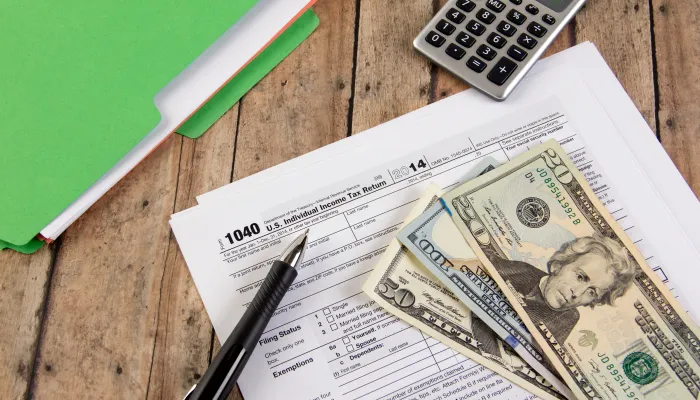What Do the Candidates' Plans Look Like in 2017?
The U.S. Budget Watch report "Primary Numbers: The GOP Candidates and the National Debt" has generated a lot of buzz since its release last Thursday. Many major publications have reacted to the report's findings on the effect each of the major GOP candidates will have on the federal budget (see here and here for examples).
Much of the focus on the numbers in the report involves the 2013-2021 deficit impact and where debt as a percent of GDP ends up in 2021. But what about the numbers in 2017, the theoretical end of the first Presidential term for one of these candidates?
As with with their 2013-2021 numbers, all the candidates reduce both taxes and spending relative to the CRFB Realistic baseline (see box 1 of the report for more about the baseline). The table below shows the total cost/savings from their tax, spending, and cross-cutting policies and subsequent changes in spending on interest and debt in 2017 alone. For context, debt as a percent of GDP is 80 percent in the Realistic baseline.
| Effect of Candidates' Plans, 2017 (billions) | |||||||
| Gingrich | Paul | Romney | Santorum | ||||
| Tax Policies | $810 | $600 | $160 | $700 | |||
| Spending Policies | -$300 | -$830 | -$130 | -$270 | |||
| Cross-Cutting Policies | $190 | $10 | -$30 | -$20 | |||
| Interest | $80 | -$30 | $5 | $60 | |||
| Total | $780 | -$250 | $5 | $460 | |||
| Debt as Share of GDP in 2017 | 95% | 75% | 81% | 92% | |||
Note: Numbers may not add up due to rounding. Positive numbers indicate increases in deficits, while negative numbers indicate decreases in deficits.


